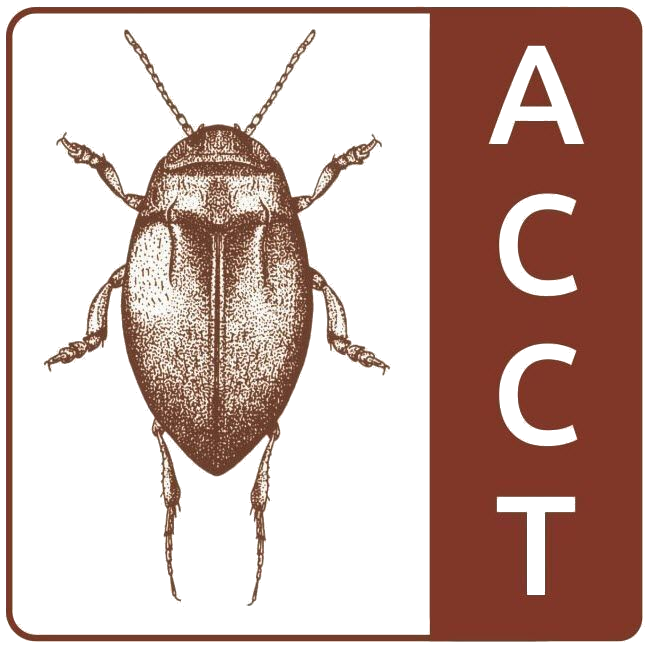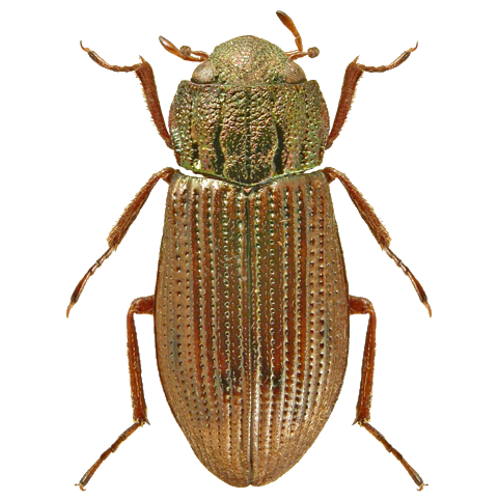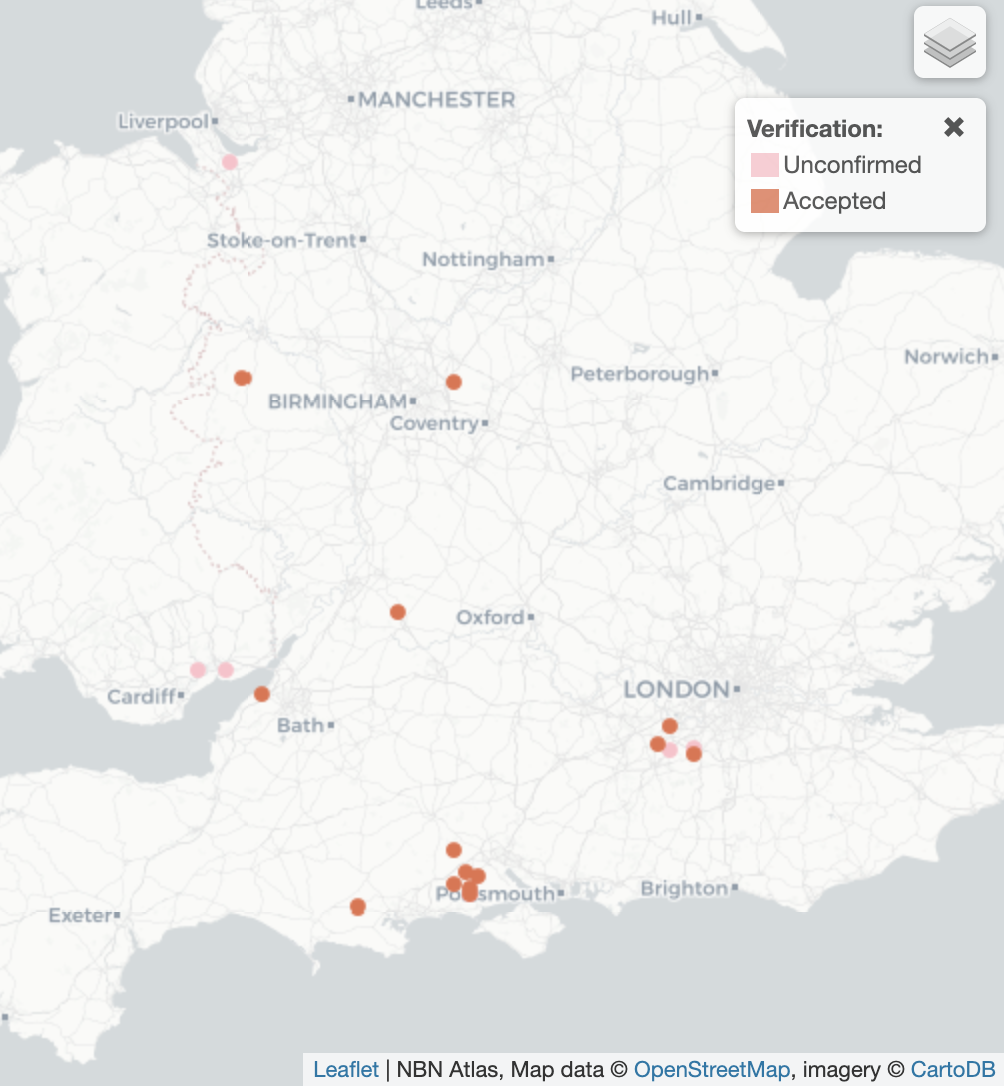Helophorus laticollis
(Thomson, 1853)
New Forest Mud Beetle

Aquatic Coleoptera
Conservation Trust
OVERVIEW

Helophorus laticollis is a distinctive water scavenger beetle endemic to the New Forest in southern England, earning it the common name "New Forest Mud Beetle." This specialist species is adapted to the unique temporary pond systems of the forest's heathland landscape, representing one of Britain's most geographically restricted aquatic beetles.
CONSERVATION STATUS
Key Threats:
- New Forest habitat changes
- Drainage of temporary ponds
- Climate change affecting pond hydrology
- Human disturbance and trampling
- Changes to traditional grazing patterns
Population Trend:
DISTRIBUTION

Current Range: Confined exclusively to the New Forest in southern England, representing one of the most geographically restricted beetles in Britain with no records from any other location.
Habitat Distribution: Found in shallow muddy margins of temporary ponds, ephemeral wetlands, and seasonal pools on New Forest heathland, requiring specific hydrological conditions and minimal disturbance.
ECOLOGY & HABITAT
Temporary Ponds
Seasonal pools that fill and dry according to rainfall
Muddy Margins
Shallow muddy edges rich in organic detritus
Heathland
Traditional New Forest heathland landscape
Life Cycle: Complete metamorphosis adapted to temporary pond hydrology with rapid development during water presence
Diet: Detritivorous - feeds on decaying organic matter and microorganisms in mud and shallow water
Seasonal Adaptation: Life cycle synchronized with New Forest's unique seasonal pond cycles and grazing patterns
CONSERVATION ACTIONS
Grazing Management
Maintain traditional New Forest grazing systems
Pond Restoration
Restore and create new temporary pond systems
Hydrology Protection
Protect natural water table and seasonal flooding patterns
Population Monitoring
Annual surveys and habitat condition assessment